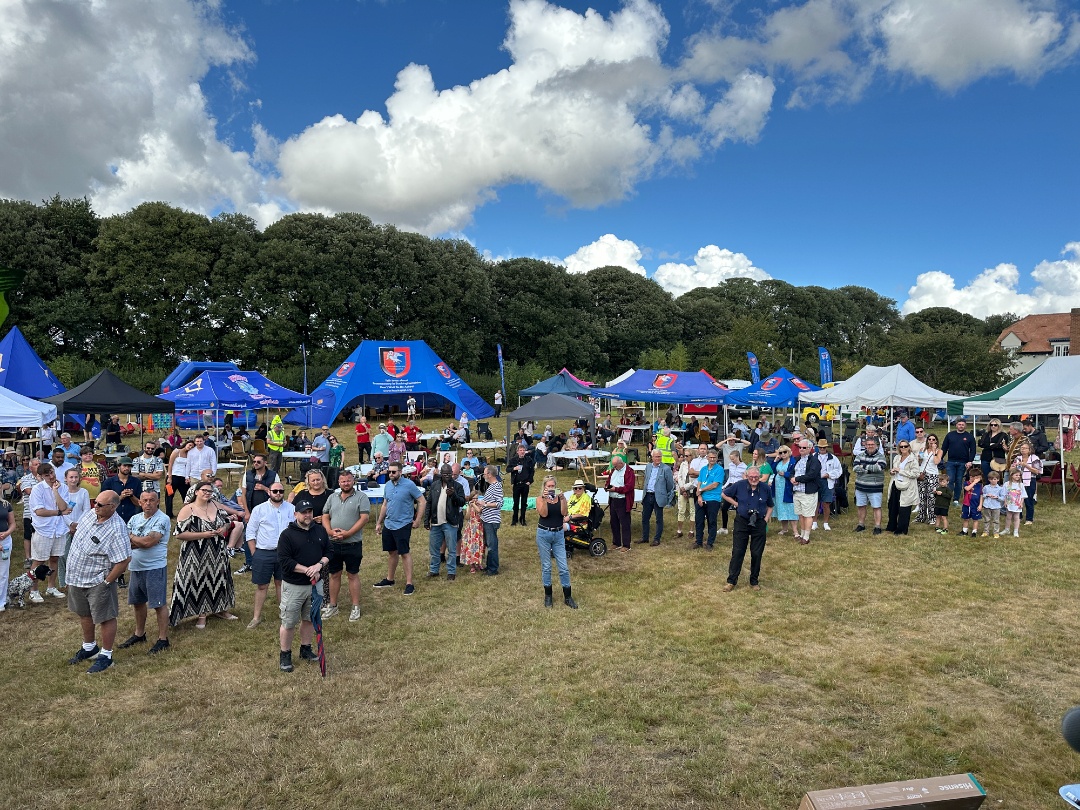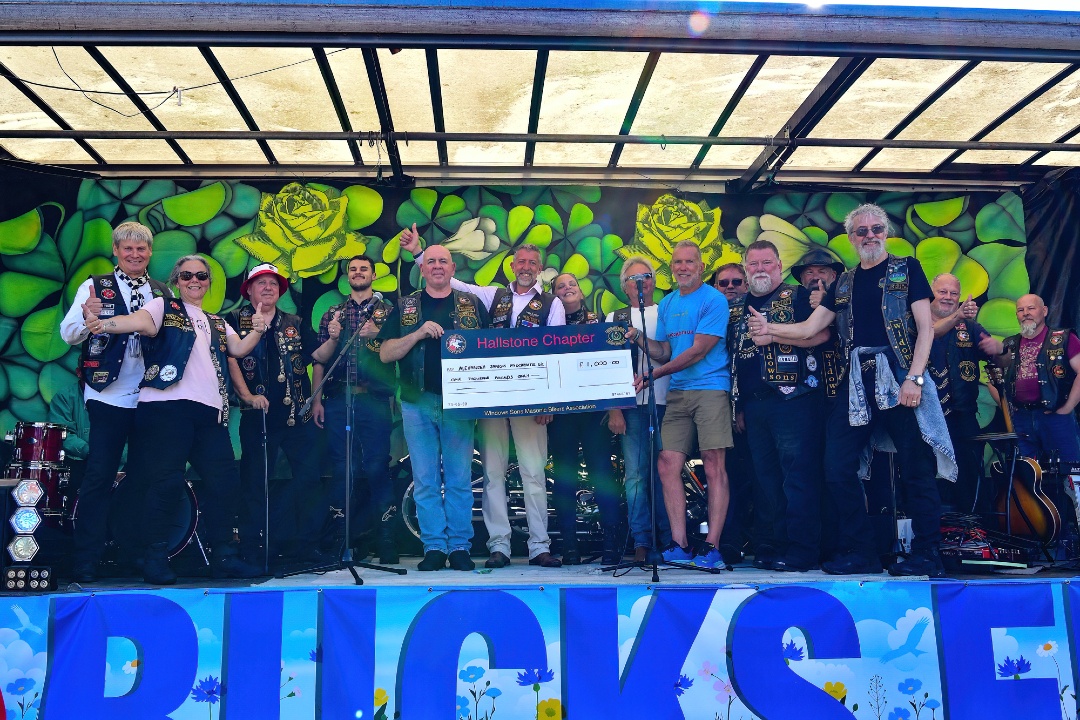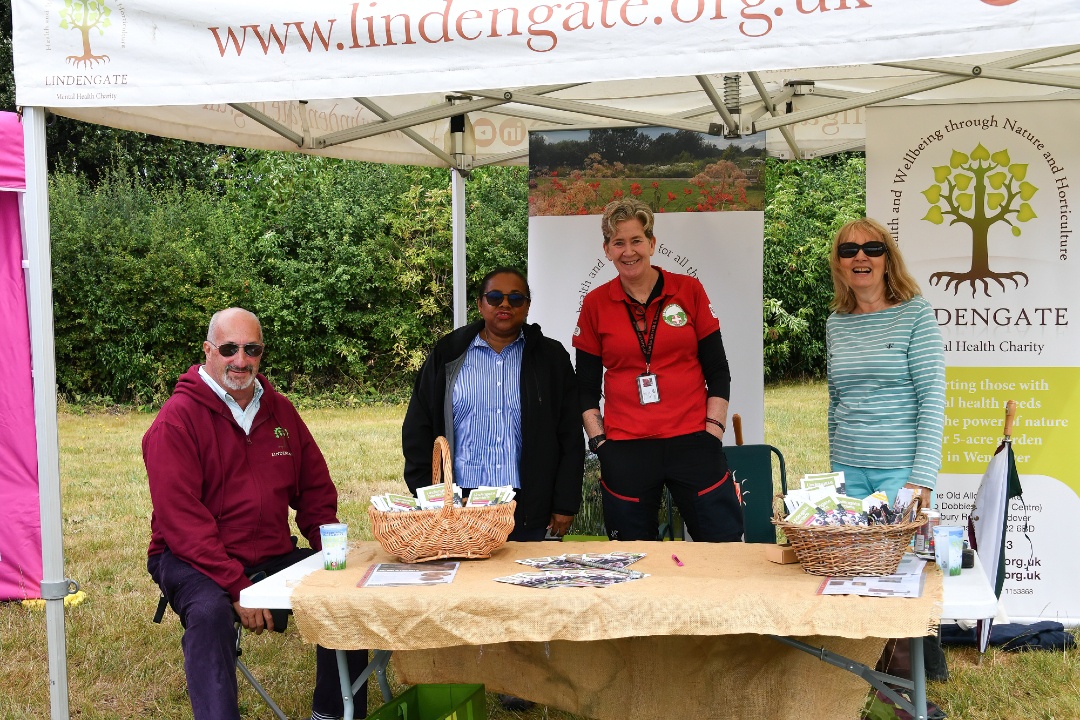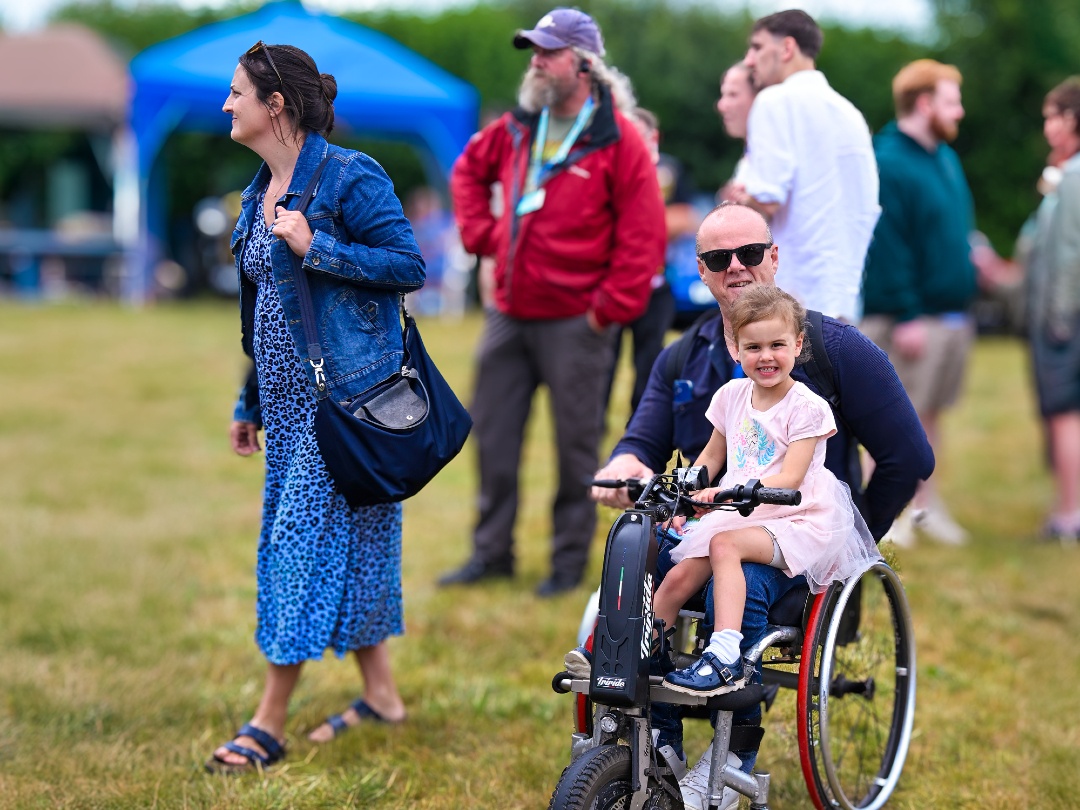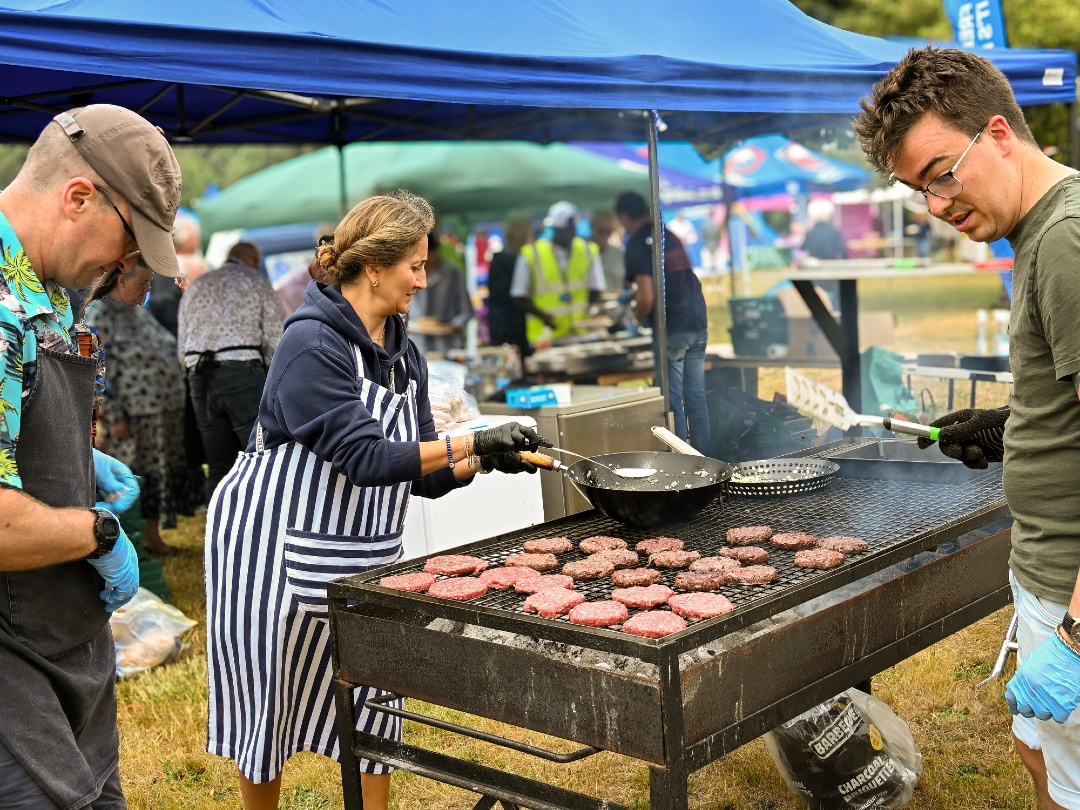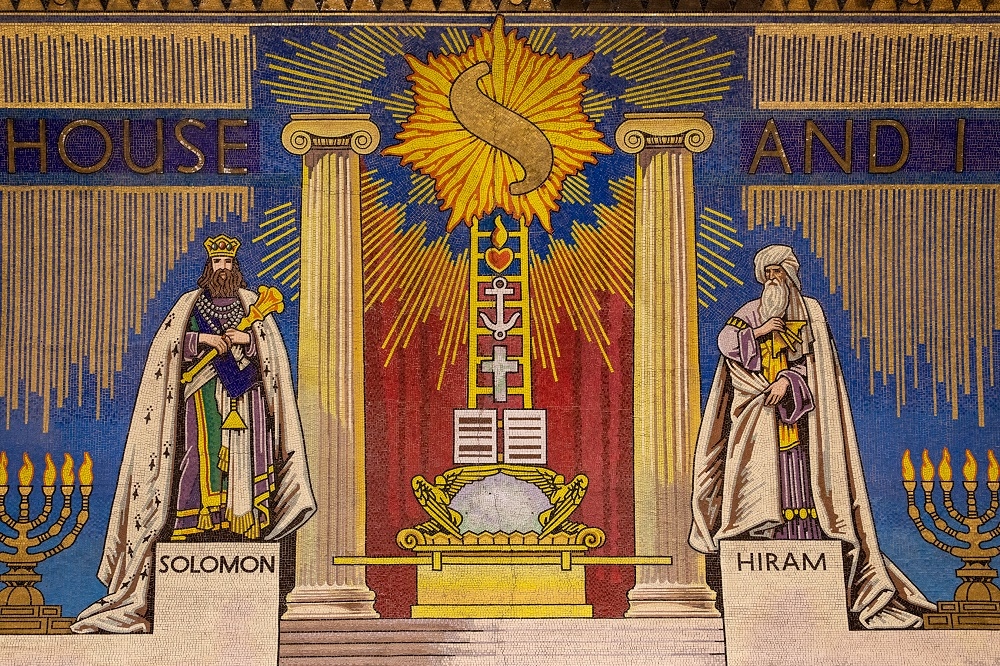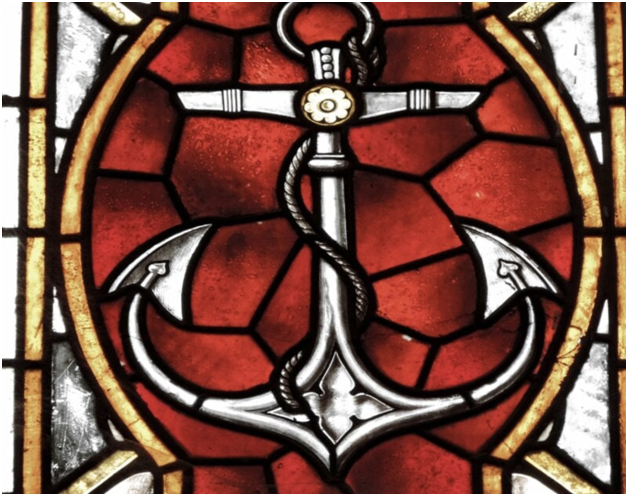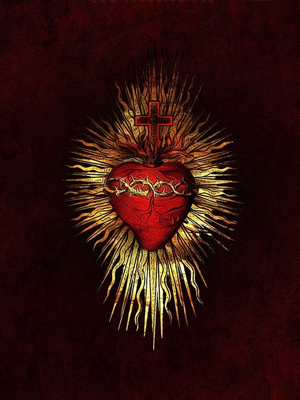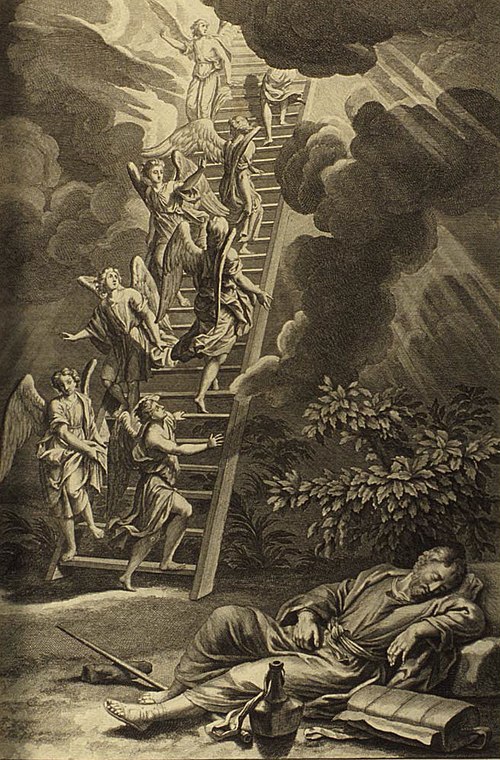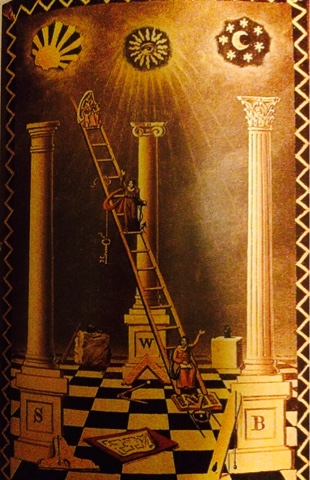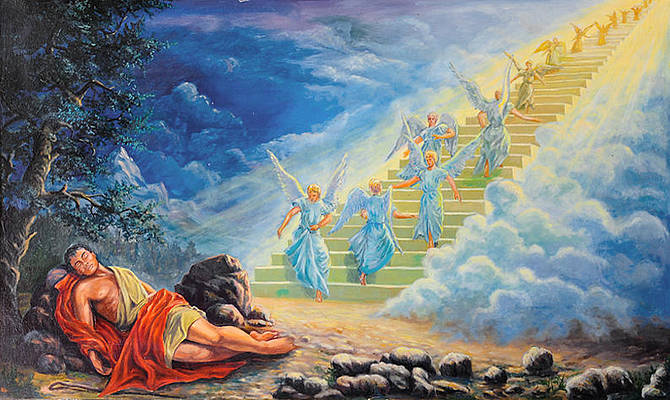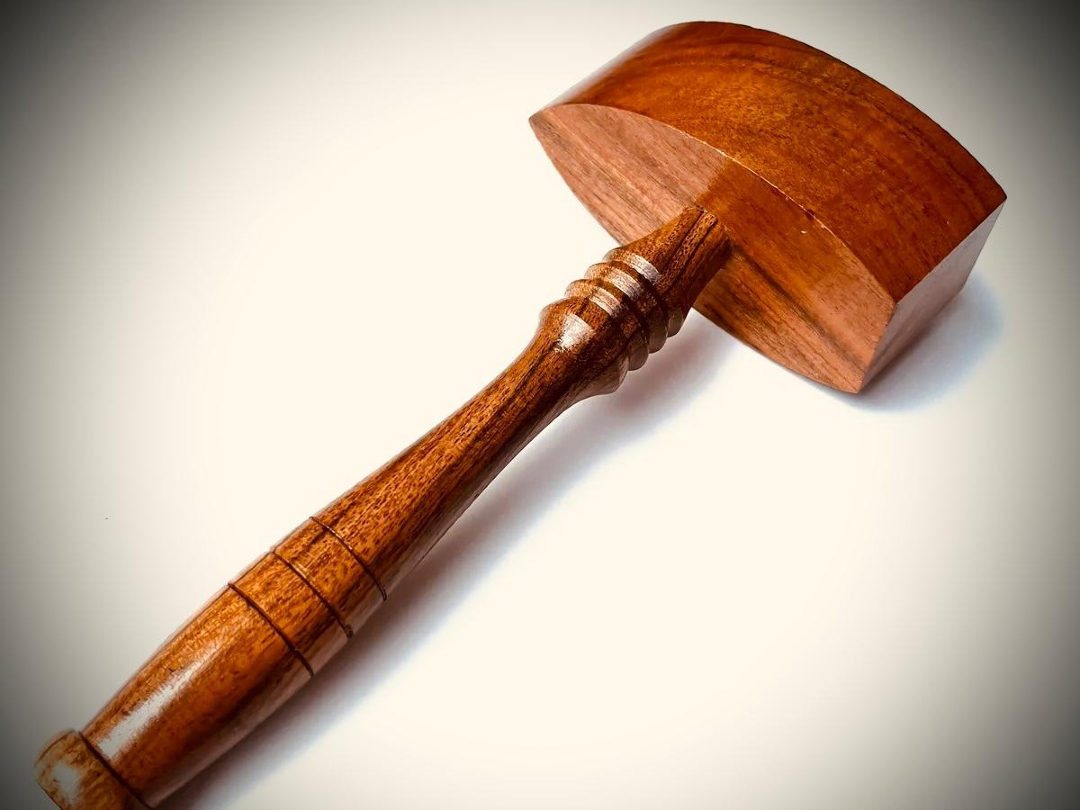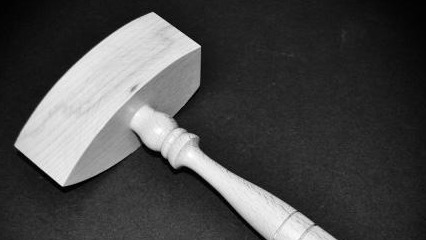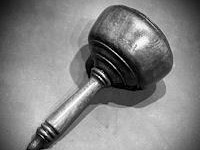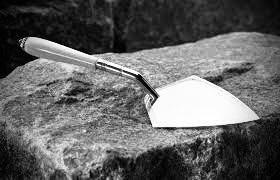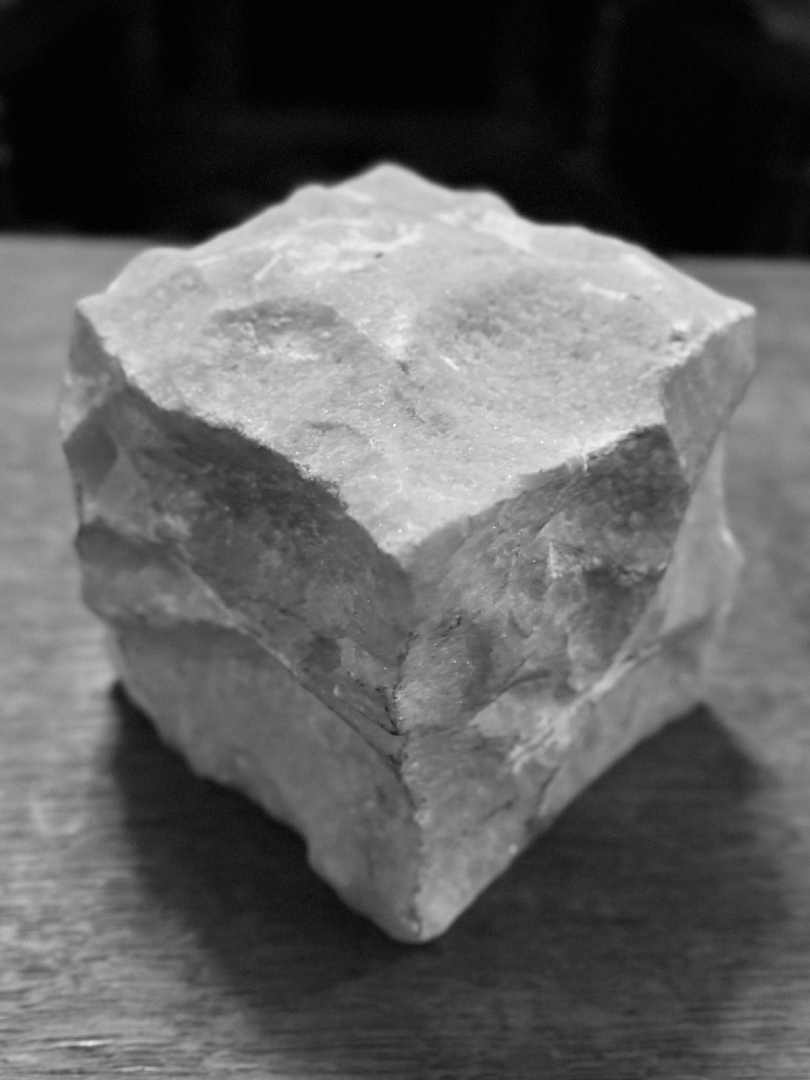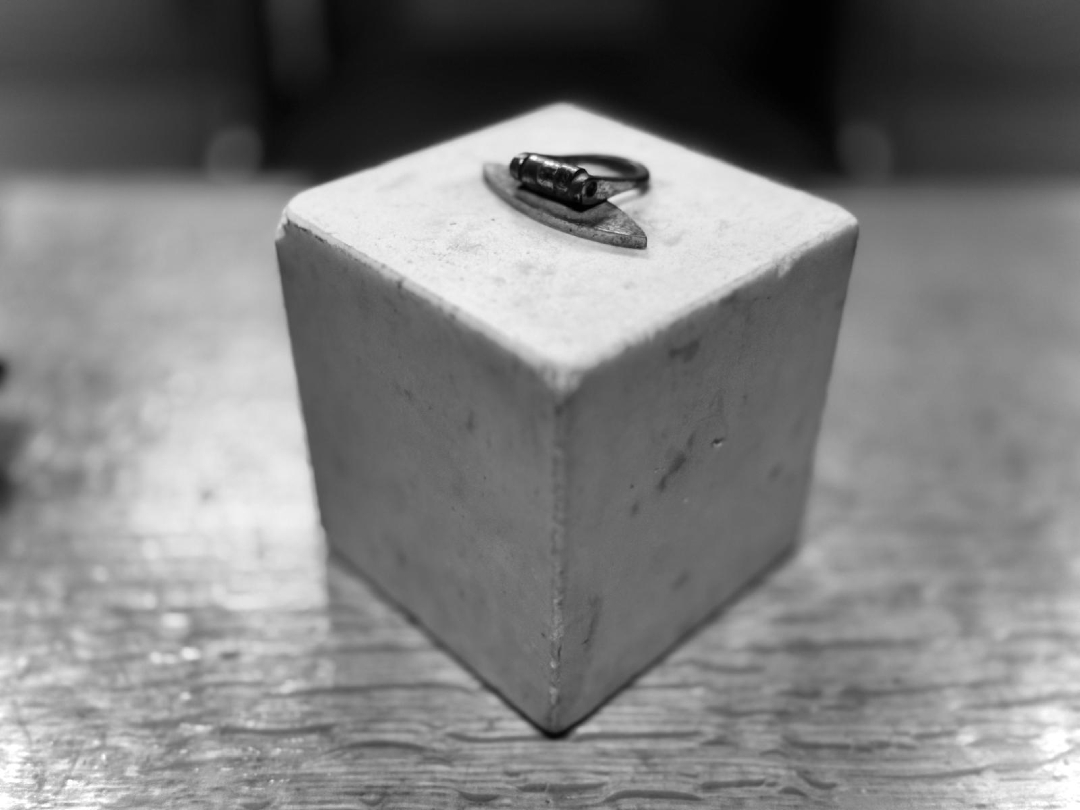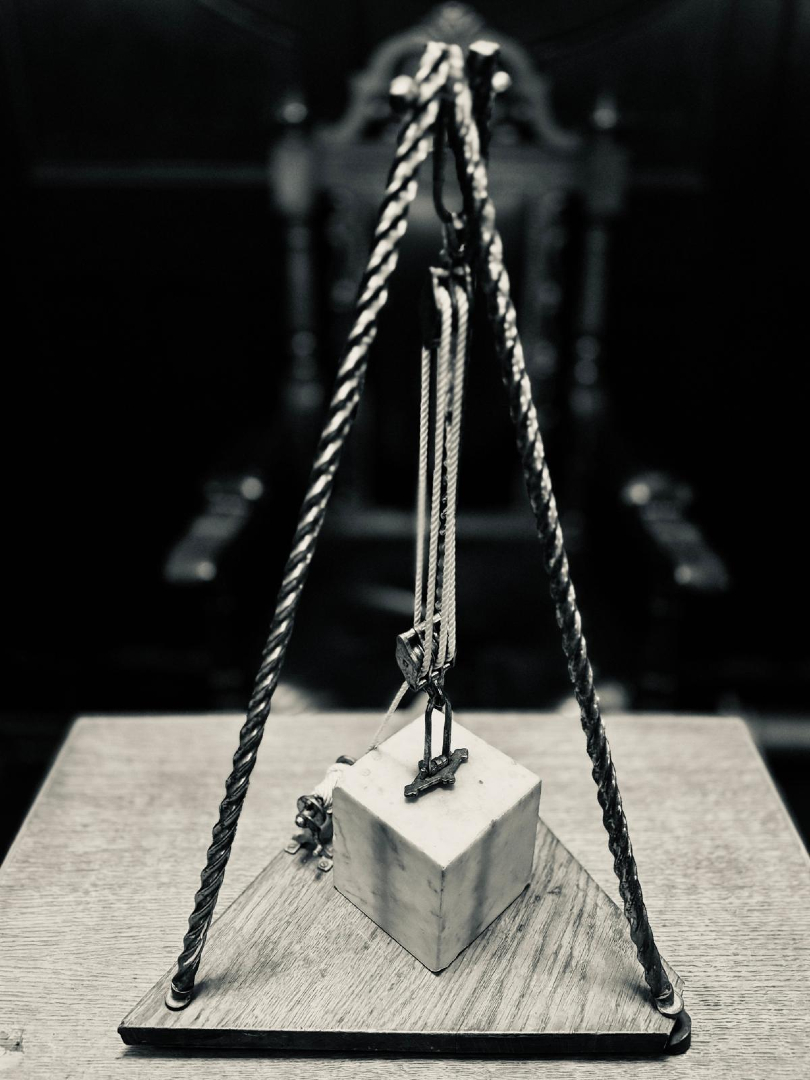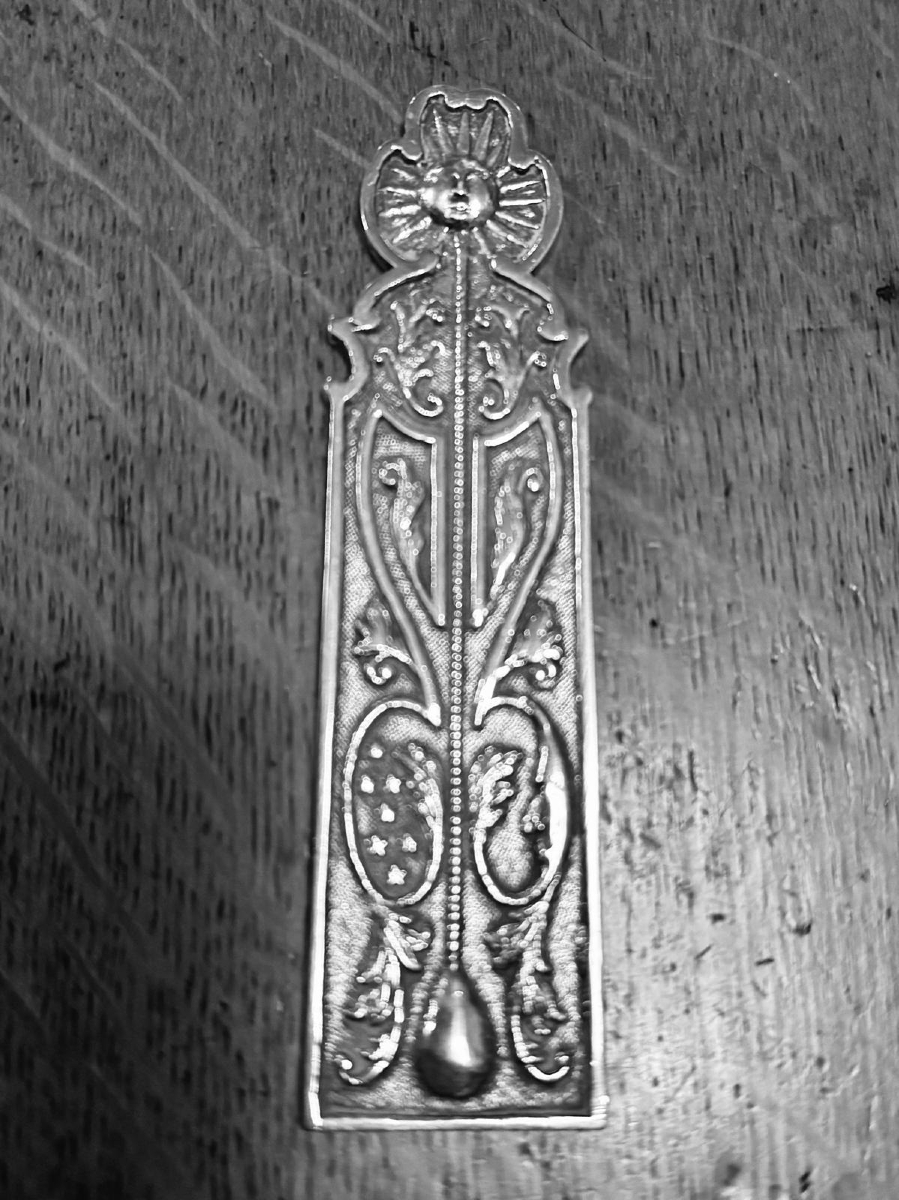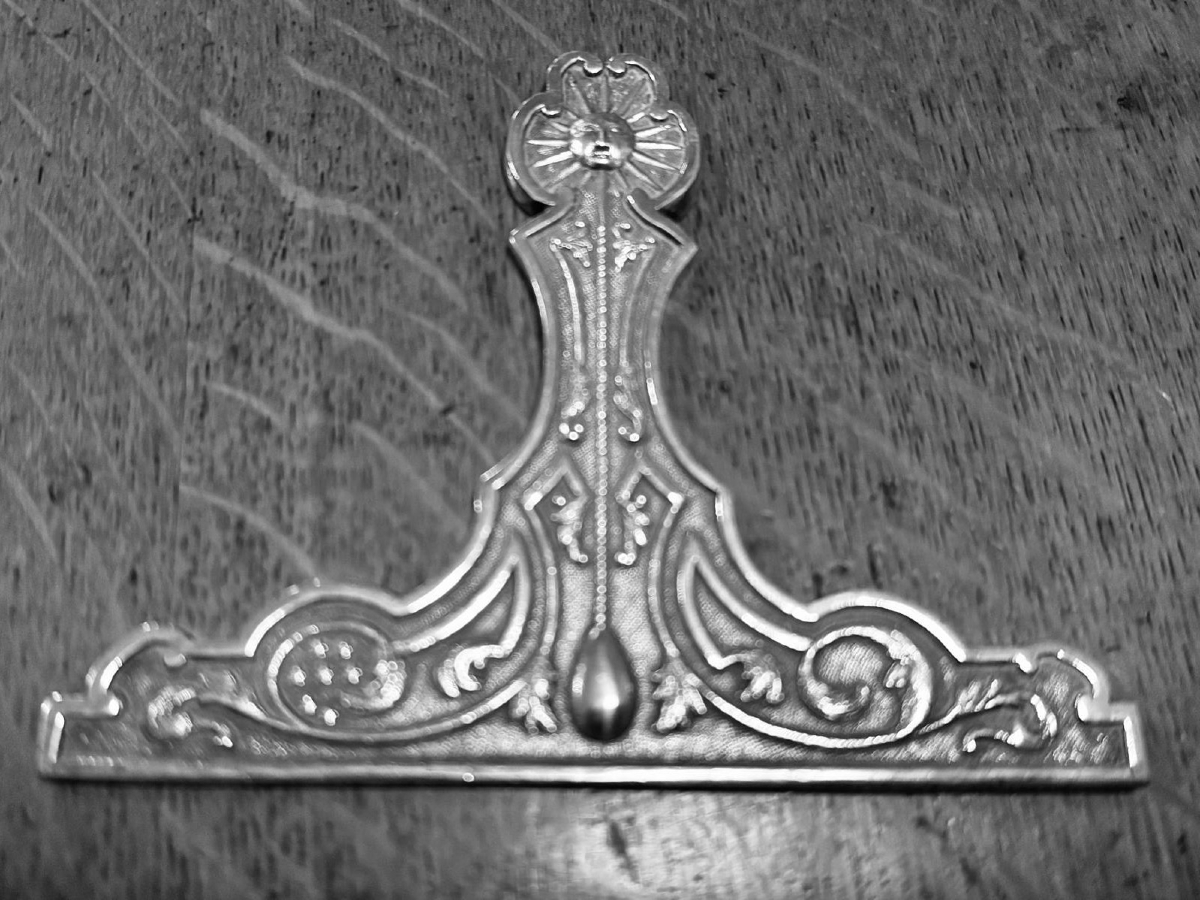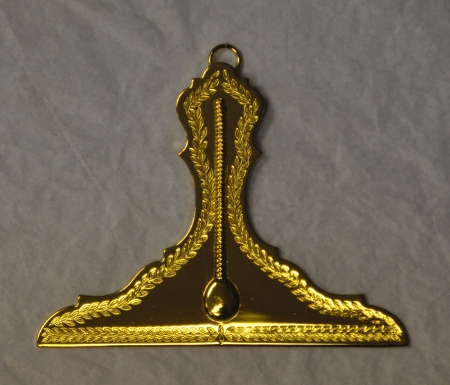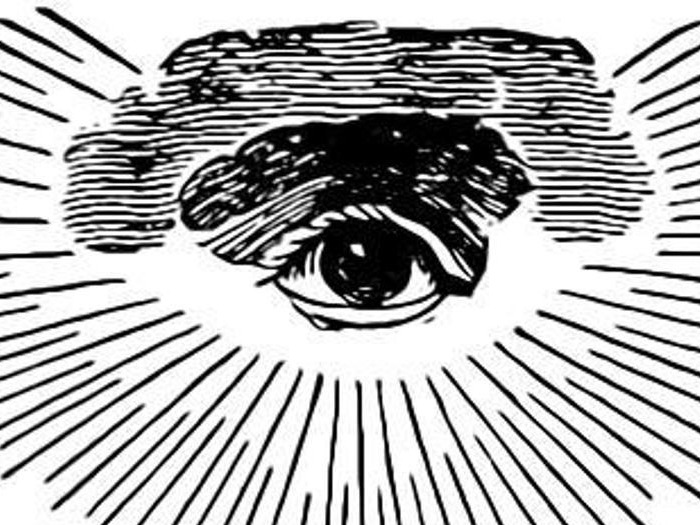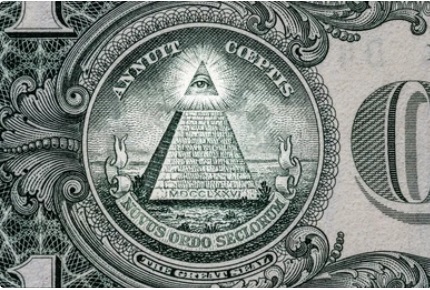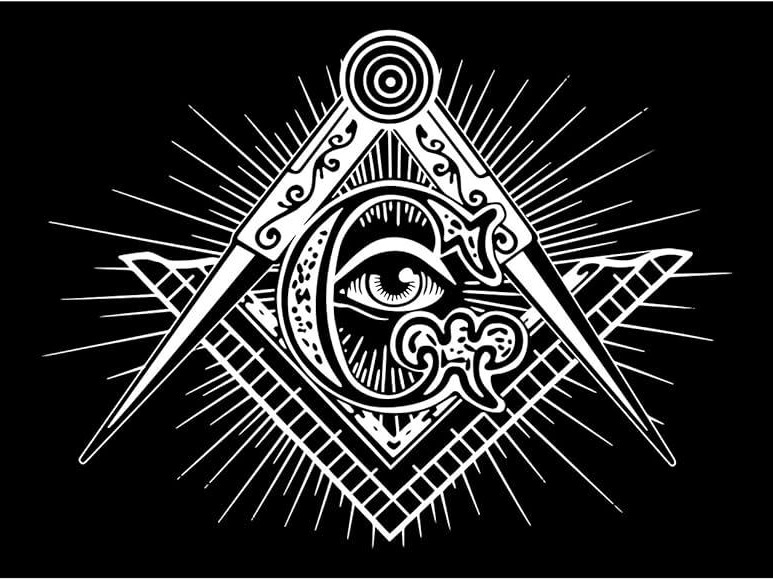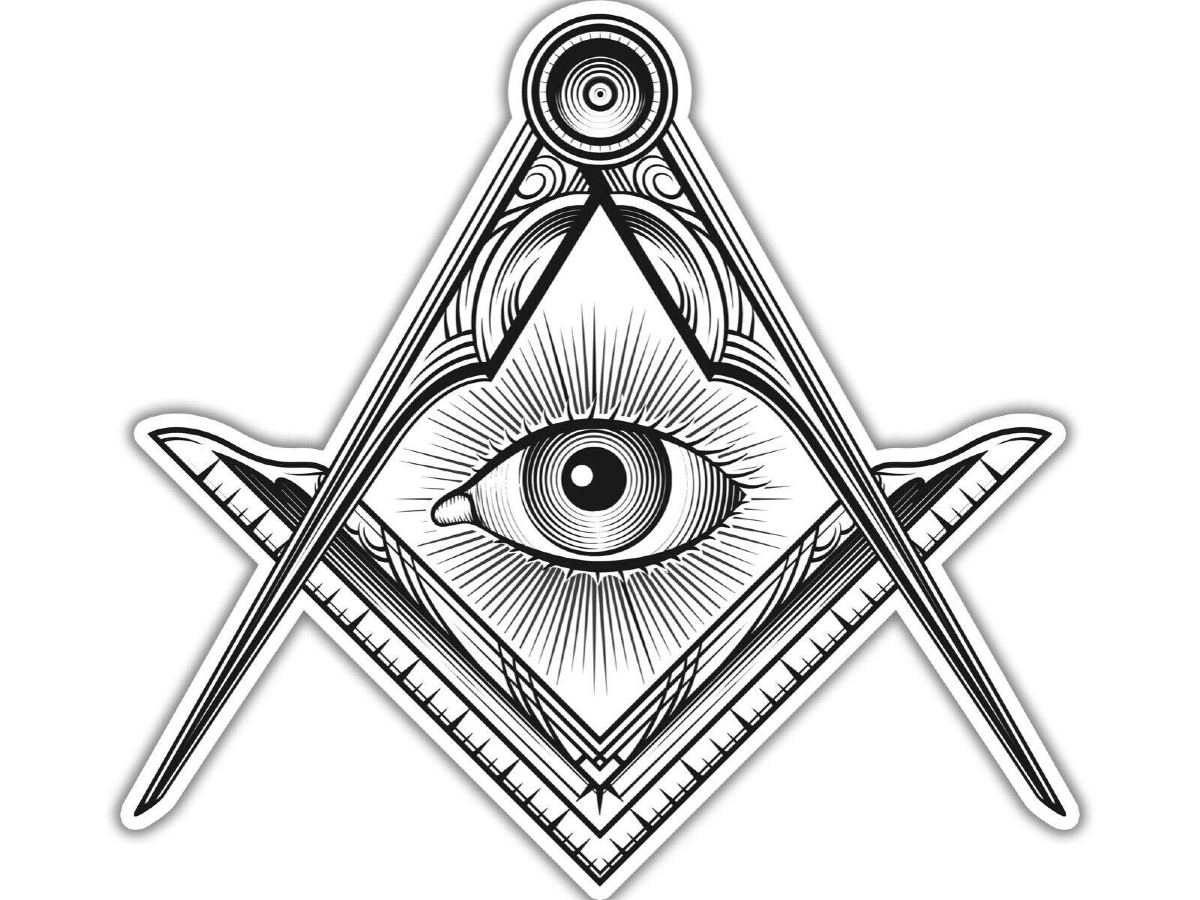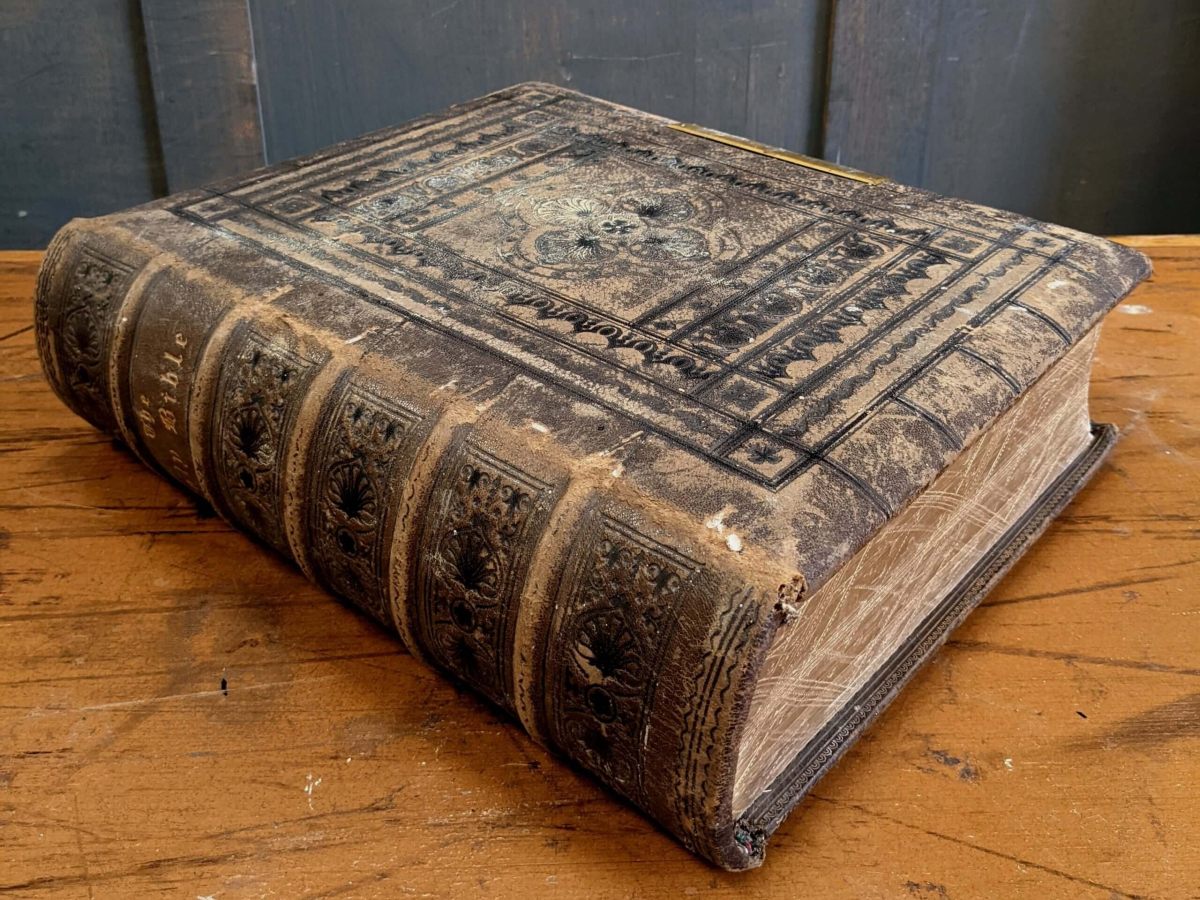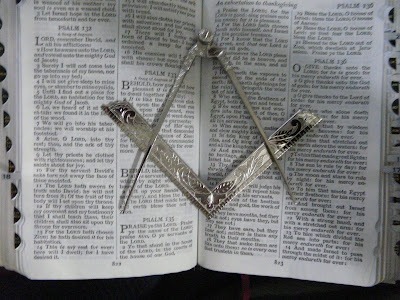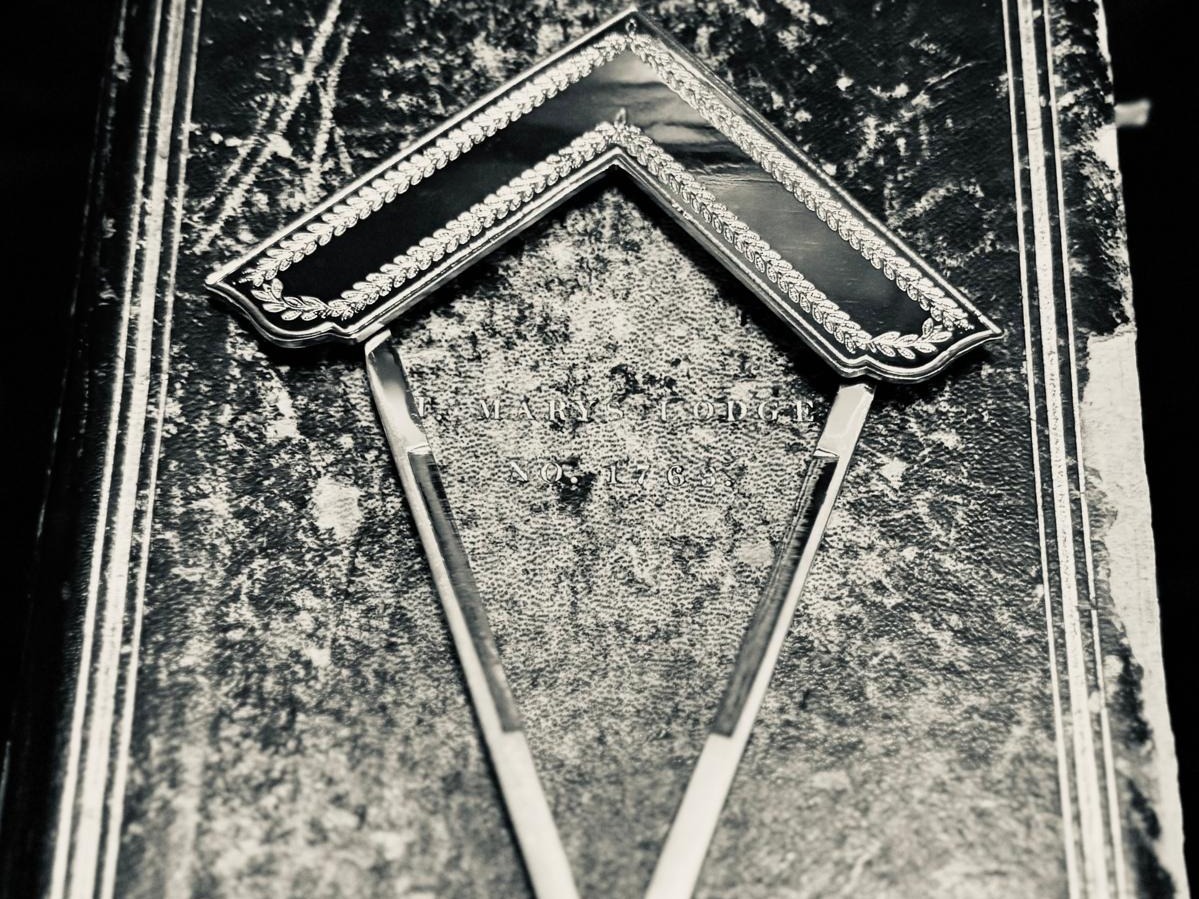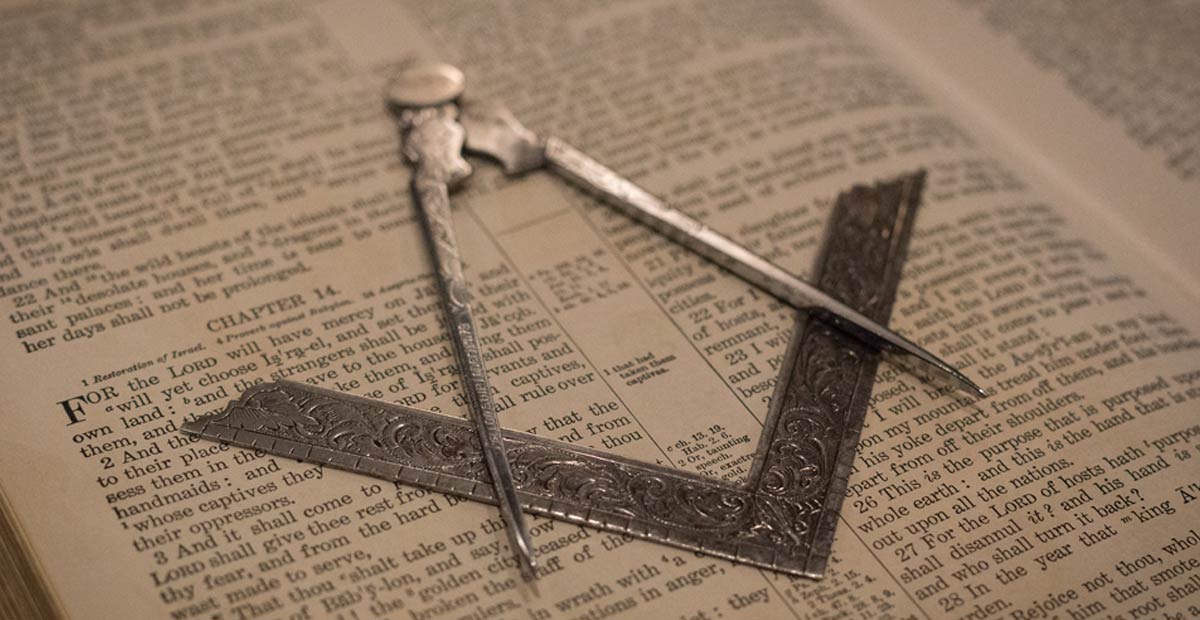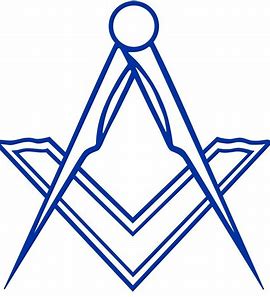On Sunday, 20th July, Buckinghamshire hosted one of its biggest-scale events ever: the Provincial Grand Master's Summer Party, hosted by Stephens Lodge.
The Provincial Grand Master welcomed a massive 600 people to his home in Watlington for a celebration of summer and Freemasonry in Buckinghamshire, and we take our social events seriously. :)
The Walking Lodge and host lodge Stephens held one of its Stephens Walks into Watlington, enjoying countryside views, albeit in rather less than sunny weather! Led by Head Ramblers Charlie Bitowt and Steph Anders, the group meandered through Watlington and out into the surrounding countryside. After 10k steps, the ramblers returned to improved weather, just in time for an amazing BBQ managed by Chris Money and Mark Duncan while we sat down to soak up some amazing entertainment.
Guests enjoyed burgers, sausages, a variety of salads, drinks from the bar (including Rebellion on tap), and family activities such as bouncy castles, football, and a coconut shy. Entertainment featured performances by Jazz Singers and Friends, a DJ, and singers from Amir and Holly Dollies. Despite the occasional bout of rain, everyone had a lovely time. The day also included a raffle, with prizes kindly donated by guests.
The Provincial Grand Master's chosen charity Myocarditis UK supports young people suffering with Myocarditis, which is the only charity of its kind in the UK. Our PGM was delighted to present their representative with two cheques totalling £12,000. This included donations £1,000 from the Hallstone Chapter and £500 from the Widows Sons.
We sincerely thank everyone who contributed to the event's success, especially the volunteers who worked in advance and during the day, as well as all attendees.
If you would like to be part of a global community that has its roots firmly in the ground in Buckinghamshire, please follow this link: https://buckspgl.org/join
The Provincial Grand Master welcomed a massive 600 people to his home in Watlington for a celebration of summer and Freemasonry in Buckinghamshire, and we take our social events seriously. :)
The Walking Lodge and host lodge Stephens held one of its Stephens Walks into Watlington, enjoying countryside views, albeit in rather less than sunny weather! Led by Head Ramblers Charlie Bitowt and Steph Anders, the group meandered through Watlington and out into the surrounding countryside. After 10k steps, the ramblers returned to improved weather, just in time for an amazing BBQ managed by Chris Money and Mark Duncan while we sat down to soak up some amazing entertainment.
Guests enjoyed burgers, sausages, a variety of salads, drinks from the bar (including Rebellion on tap), and family activities such as bouncy castles, football, and a coconut shy. Entertainment featured performances by Jazz Singers and Friends, a DJ, and singers from Amir and Holly Dollies. Despite the occasional bout of rain, everyone had a lovely time. The day also included a raffle, with prizes kindly donated by guests.
The Provincial Grand Master's chosen charity Myocarditis UK supports young people suffering with Myocarditis, which is the only charity of its kind in the UK. Our PGM was delighted to present their representative with two cheques totalling £12,000. This included donations £1,000 from the Hallstone Chapter and £500 from the Widows Sons.
We sincerely thank everyone who contributed to the event's success, especially the volunteers who worked in advance and during the day, as well as all attendees.
If you would like to be part of a global community that has its roots firmly in the ground in Buckinghamshire, please follow this link: https://buckspgl.org/join


